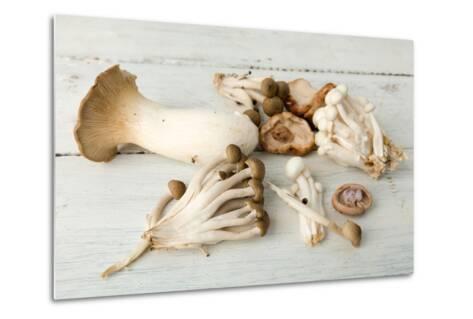
"Clam circles" were created on reefs in Tongatapu and Vava'u and managed by the local communities. Tilapia spread to neighbouring areas and was introduced to several islands in Tonga.Ī concerted effort by government ministries and the Marine Research Foundation was made for stock enhancement of giant clams. Later it was trialled for fish culture in the Sopu fish ponds, as part of an integrated farming system project with a piggery. In the mid-1950s tilapia was introduced in an unsuccessful attempt to control mosquito.

Highest production was recorded in 1984 at 7 tonnes but disease, low prices, predator grazing and cold weather and storms eventually closed down the industry. By 1987, 14 farms were operational each with 50 lines. The fisheries department set up experimental farms at Tongatpu with seed from the Vava'u farms. Seed stock was imported from Fiji by a private company from New Zealand and planted at a farm in Vava'u. A project, Commercial Feasibility of Pearl Farming in Tonga, was initiated in 1993.Įxperimental trials of seaweed farming for Eucheuma spinosum and Kappaphycus alvarezii were initiated in 1982. The FAO South Pacific Aquaculture Development Project (SPADP) provided assistance in 1989 in carrying out stock assessment, spat collection surveys and grafting techniques. Culture trials were conducted in Vava'u with imported species Pinctada margaritifera and P. Japanese assistance in farming was later engaged. Broodstock of the winged pearl oyster (Pteria penguin) was imported from Japan for initial culture trials. In 1975 an experimental venture was set up by the Tongan government. Pearl oyster culture began in the early 1960s. In 1981 a project to investigate culture of the local species of oysters was terminated due to poor growth rates and low market prices. Commercial culture of oysters was deemed unfeasible in 1979. The sites were not suitable and high mortalities occurred from predatory snails and during transshipment. Results from the trials were not convincing. Several species were introduced from Japan, New Zealand and USA, namely, Ostrea edulis, Saccostrea commercialis, S. Only one site, Fanga'uta lagoon, proved encouraging but the project could not be sustained due to distance from spat source (Philippines, Singapore), cultivation method utilised and the fact that the mussels were not adapted to the subtropical environment of Tonga.Įdible oyster culture was initiated in 1973. In 1983 assistance from New Zealand's bilateral aid programme was provided to support mussel culture. Experiments investigating feed and growth were carried out to determine whether importation of Mugil cephalis fry would be a feasible undertaking.Ī project to cultivate local and introduced mussel was started in 1974 but ended inconclusively by 1979. The fisheries department and the Japanese International Cooperation Agency (JICA) were responsible for these trials. Fry, mostly Liza macrolepis and some Valamugil seheli were collected and stocked into pens for grow-out. Culture started with capture of fry from Fanga'uta lagoon. Mullet had high priority in the country's development plans.

When the project was terminated in 1978 its results were not considered insignificant. Growth results were good but the mollies as bait alone were poor and were more effective when mixed with other baitfish. With the onset of the pole-and-line fishery for skipjack tuna, mollies (Poecilia vittata) were introduced in 1974 at Sopu to meet the demand for tuna bait. In the late 1960s, milkfish that spawned naturally in Lake Ano Ava was polycultured with tilapia and mullet. Six month old turtles were released into the wild. In 1978 a mariculture centre was established with assistance from Japan.Īn experimental turtle hatchery was established at Sopu in 1971 in an effort to restore the hawksbill turtle population to its former status. In 1971 a demonstration pond was established by the US Peace Corps at Sopu on Tongatapu island.


 0 kommentar(er)
0 kommentar(er)
